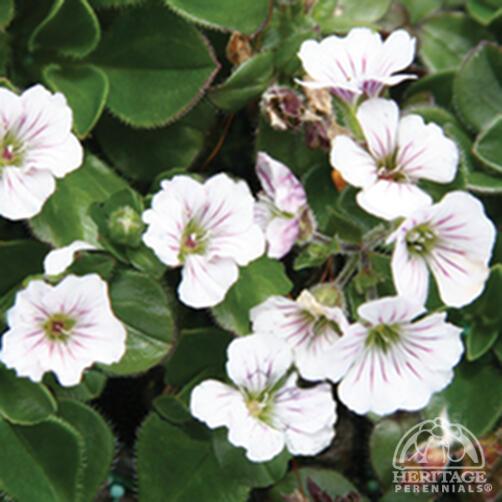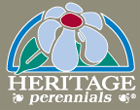Gypsophila cerastioides
Alpine Baby’s Breath |
USDA Zone: 4-9 |
Plant number: 1.240.020
A very low cousin to the familiar Baby’s Breath of florist shops, this species is well suited to growing in the rock garden, rock wall or alpine trough. It forms a compact tuft or mound of small, rounded fresh green leaves, with taller branching stems that are studded with starry flowers from late spring into the summer. Petals are white with tiny pink veins. Requires a well-drained site. Clumps may be divided in spring or early autumn. Drought tolerant. Flowers are attractive to butterflies. May remain evergreen in mild winter regions.
Further details for
Gypsophila cerastioides
Optimal Growing Conditions
Sun Exposure
Soil Type
Soil pH
Soil Moisture
Care Level
Appearance and Characteristics
Flower Colour
Blooming Time
Foliage Color
Plant Uses & Characteristics
Flower Head Size
Height 10-20 cm 4-8 inches
Spread 20-30 cm 8-12 inches
Foot Traffic
Growth Rate
Disclaimer: This information is presented for reference only. This plant is not currently part of our Heritage Perennials lineup.
|






